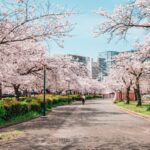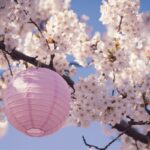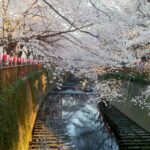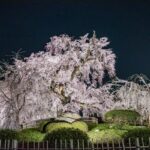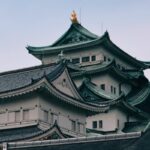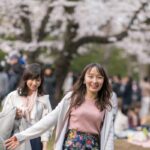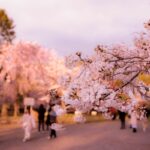Once April rolls around, the beautiful pink petals fall like confetti across Japan. They sprout from branches. They adorn food items and products.
Tourists from the Western world travel to take pictures of this very moment. While Japan is known for its cherry blossoms, did you know there is another meaning too?
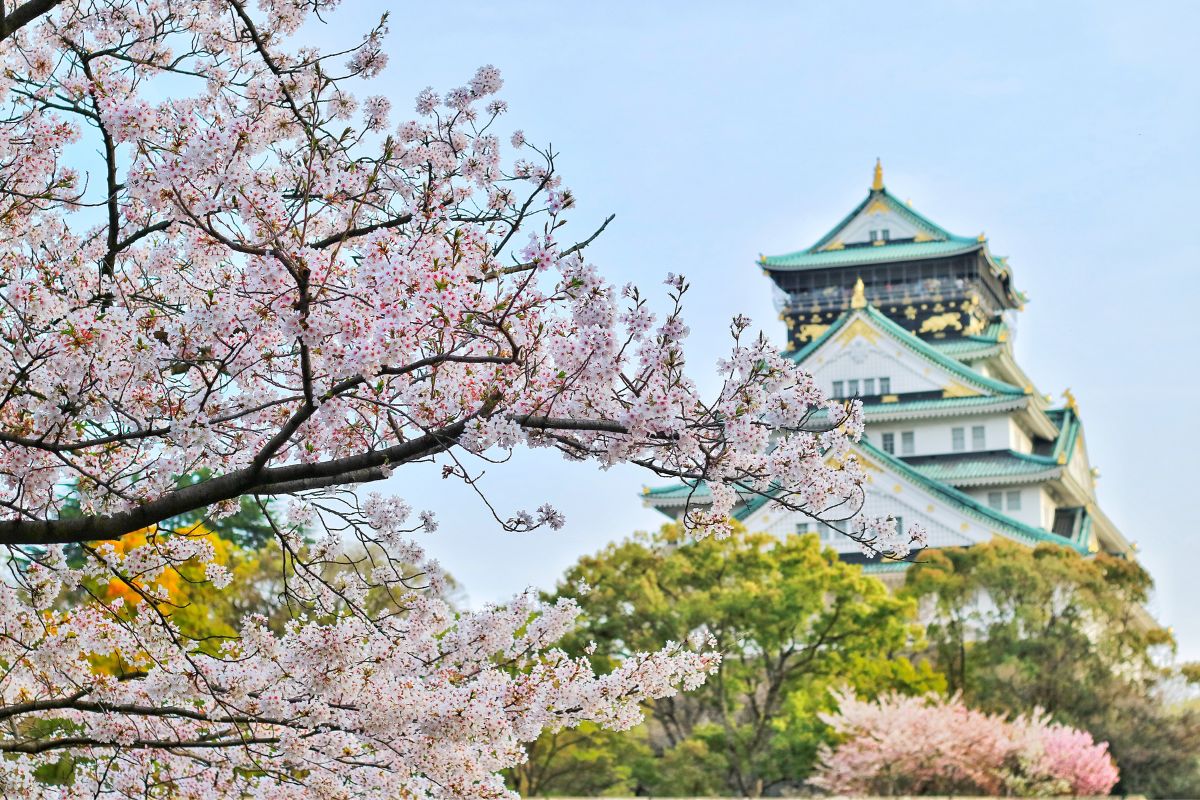
They look pretty, but Japan awaits this time of year for a reason. Cherry blossom viewing (also known as hanami) is highly anticipated.
Every year this season means renewal, but it is also a time to remember how fragile life is. Japanese people often remember loved ones lost. They also think about their own precious life.
Hanami also reminds them that they should live in the moment too. Our life can be taken away from us in an instant.
If you are curious to find out more about cherry blossoms, then read on. We discuss both the meaning and symbolism of cherry blossoms.
What Is A Cherry Blossom?
Cherry blossoms, otherwise known as sakura, are beautiful, delicate flowers. They are light pink in color and smell sweet.
They grow on cherry blossom trees. However, they only last for around two weeks. After this time they fall to the ground and turn brown.
Unsurprisingly, you can also use the petals to make a perfume tasting sweet tea.
While Japan is known for cherry blossoms, they are native to other Asian countries too. These are India, South Korea, and China.
People from across the world travel to Japan to see the sakura season for themselves.
What Is Hanami In Japan?
Hanami (cherry blossom viewing) is a tradition in Japanese culture as a time to practice both mindfulness and gratitude. It is also a time to reflect on your own mortality too.
Hanami is a fitting name. This is because hana translates to ‘flower’, and mi translates to ‘to view’.
Most Westerners know this season as cherry blossom viewing. Hanami itself is a time when Japanese people get together to drink and eat surrounded by cherry blossoms (see also “What Is Hanami?‘).
They sit in groups or as a couple for something more romantic. They then eat their prepared bento boxes or BBQ food.
Sometimes music is played too. It all looks wonderful under the cherry blossom canopies.
What Do Cherry Blossoms Symbolize?
Cherry blossoms are sacred to Asian culture. In China cherry blossoms represent femininity – sexuality, strength and beauty – as well as love.
Despite the high status in China, no country is connected to sakura more than Japan. They have thousands upon thousands of cherry blossom trees.
Cherry blossoms are ingrained into their culture. From films and artwork, to poetry and media. The floral delicacy of cherry blossoms find their way onto it all.
And while Japanese people gather to celebrate hanami, what exactly do cherry blossoms symbolize? Let’s take a look!
Renew
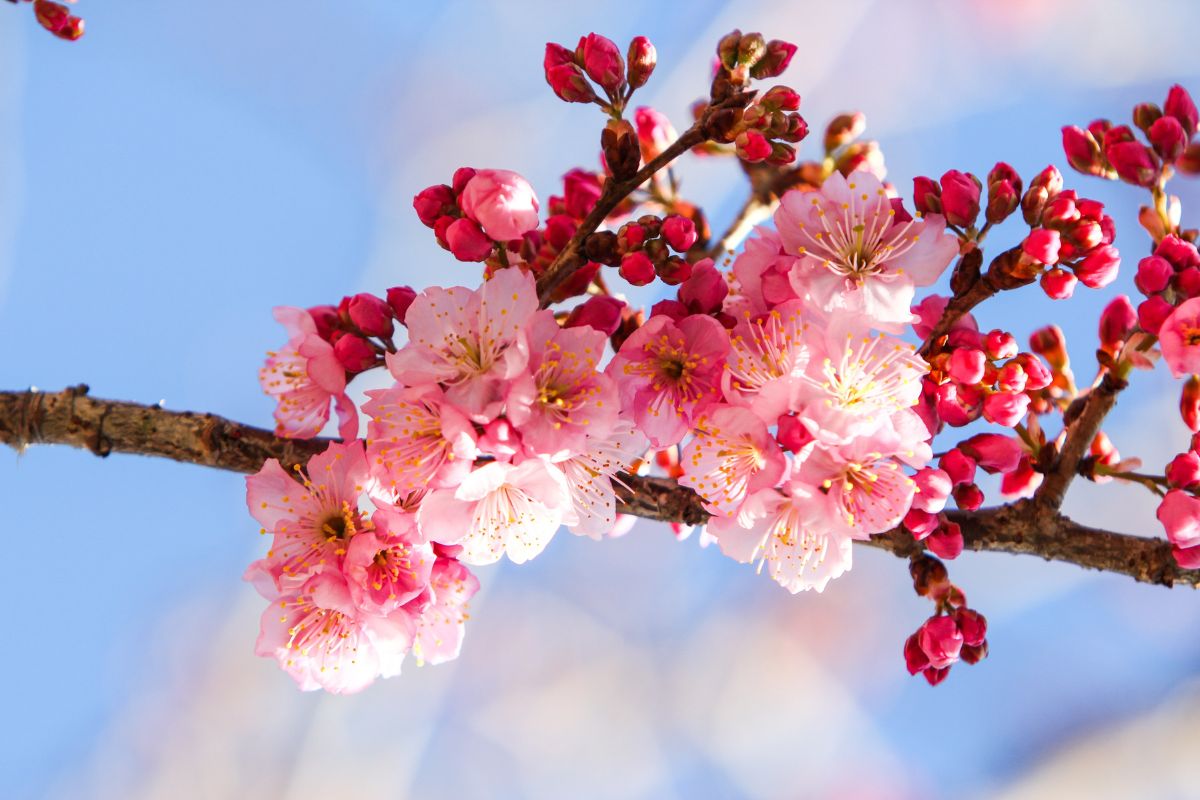
Cherry blossoms are a symbol of renewal. People often use this time to feel reborn – a little like the start of a new year.
It began as a ritual around the year 710. This is because people believed cherry blossoms represented reproduction for agricultural purposes.
This began because those who believed in the Shinto faith (a folk religion) thought sakura trees were symbolic of the mountain Gods.
Japanese people would travel to mountains each spring season to worship the sakura trees. After so long, they removed the trees to inhabited places within Japan.
Cherry blossoms signal the arrival of spring. This has always been a time of optimism and renewal in Japan.
This season also coincides with Japan’s calendar new year. This means the schools begin a new semester and school year too.
Those who see a cherry blossom tree in full bloom may feel optimistic.
Fragility Of Life
Cherry blossoms have been linked for a long time with buddhist ways of thinking. This is to do with living in the moment, mindfulness, and mortality.
The sakura is a metaphor to remind everyone of their existence. The ‘birth’ of the cherry blossom is beautiful. It takes the breath away and is magnificent.
However, it is a very short moment. It is a visual reminder for everyone that life is over quickly. This tells people that they need to live in the present moment.
It is also a way to show us that human life is also beautiful. We bloom and grow. Once death happens, our life is over. However, human life should be celebrated for its natural beauty.
Why Does Cherry Blossom Represent Mortality?
Mortality is nothing new when it comes to cherry blossoms. It can be linked back to the samurai period who lived by the way of the warrior. Otherwise known as bushido.
Samurai lived by a strict code that included morals, discipline, honor, and respect. They were taught to appreciate life but also death. They knew that death was inevitable. As a samurai, it could happen sooner than a natural death.
A cherry blossom petal which had fallen symbolized the end of a short life. Often this was during battle. To this day, it still does.
It carried on during World War II when pilots would paint sakura onto the kamikaze warplanes. These suicide missions would result in death.
They referenced cherry blossom petals being the symbolic representation of a life ending.
These days sakura are not used in the military. Instead it is philosophical. More often than not, it is just for the beauty of the sakura.
Are There Cherry Blossom Trees At The White House?
Yes, there are cherry blossom trees at the White House. The gyoiko cherry blossom variety is planted at the White House.
In fact, there are over three thousand of them in America, and more than twelve different varieties.
These were given to the President of the United States, William Taft, in 1912. Japan gave these away as a sign of friendship.
In return they received dogwood trees which also flower.
To this day the trees are both propagated and then replanted. It is a sign of the friendship between both Japan and America.
Final Thoughts
It is no surprise that you may want to visit Japan during cherry blossom season (read here for a visitor’s guide to Cherry Blossom season). The beautiful pink hues make a wonderful backdrop to any selfie.
However, it is more than just a photo opportunity. Cherry blossom viewing – hanami – is a time to reflect. Along with friends and family, you can drink and eat under the cherry blossoms.
Life is short, and during April you are reminded of this. Even so, it is also a time to be in the present. And it can be a time to think of those who are precious to you.
The symbolic nature of cherry blossom trees goes way back into the history of Japan. The fallen petals have represented inevitable death for thousands of years.
Despite this, cherry blossoms also represent renewal. April marks the start of a new school year. It can also give a person feelings of optimism.
So, the next time you see a cherry blossom tree in full bloom, remember that it is the perfect time to reflect on your life.
The sprouting of cherry blossoms also means that the warmer season is on the horizon too.
- 16 Best Websites To Watch Japanese Movies With English Subtitles - May 11, 2023
- Is ZIPAIR The Best Airline For Traveling To Japan? - May 11, 2023
- Ryu Murakami Vs Haruki Murakami – Which One Should You Read? - May 11, 2023

